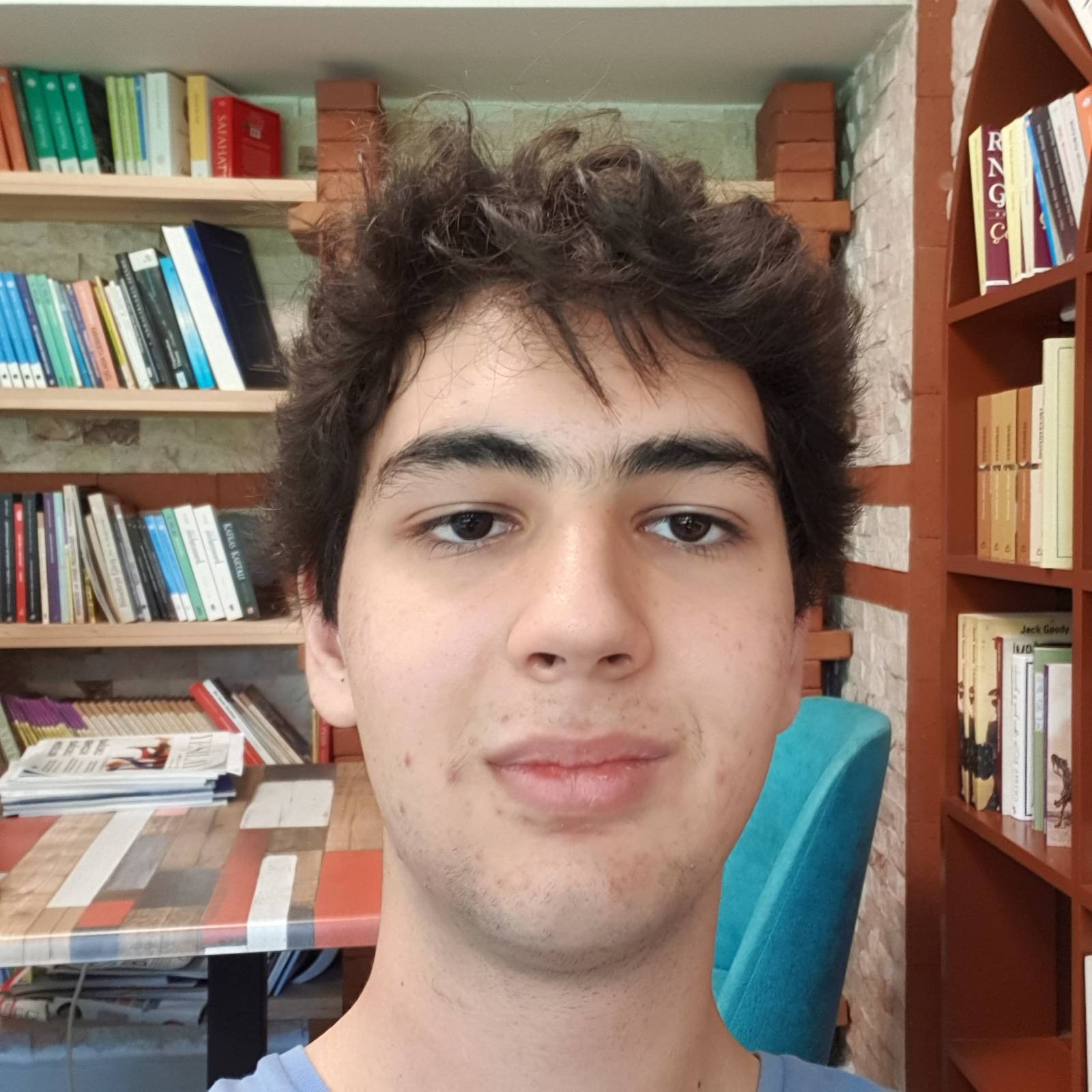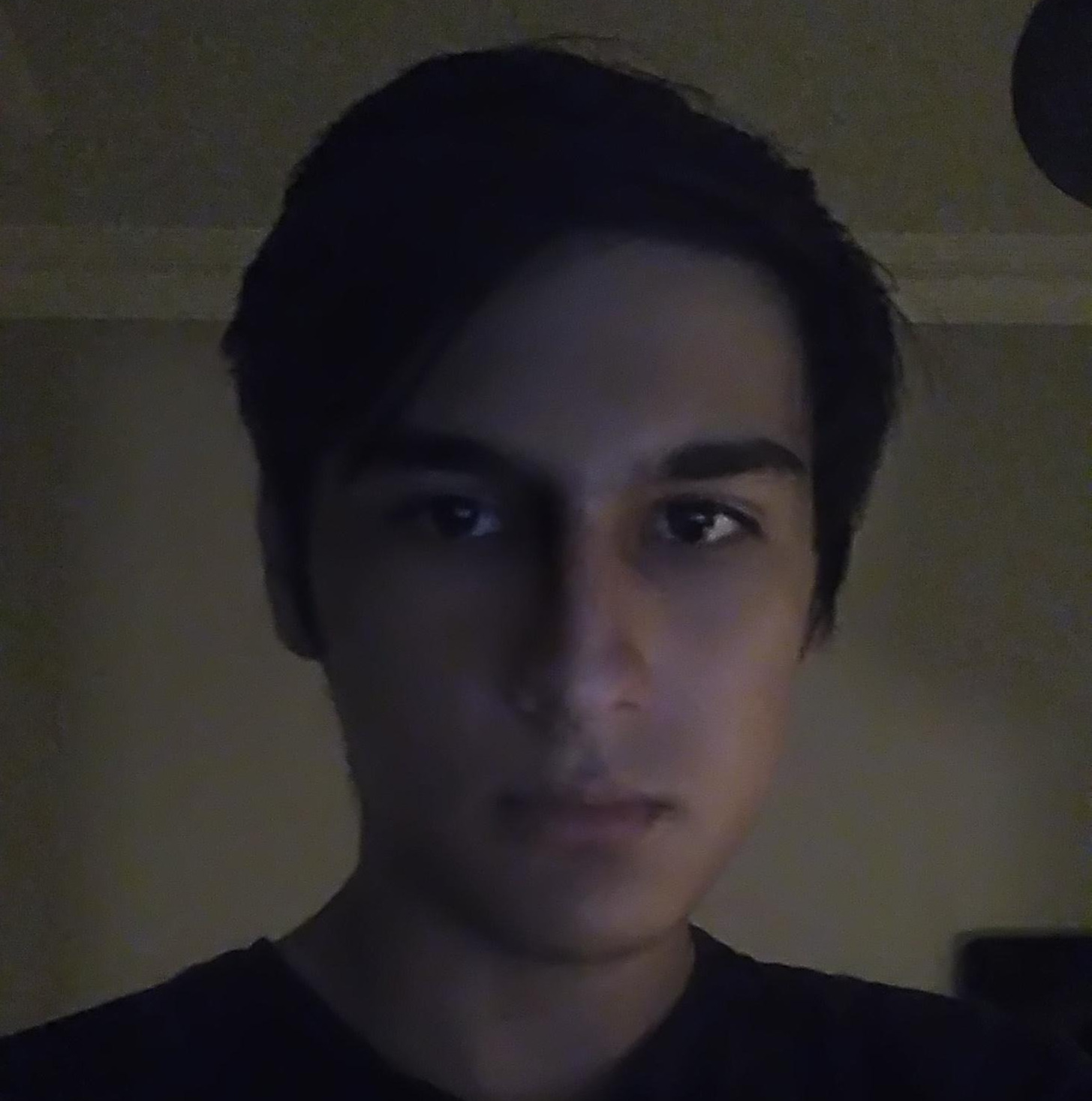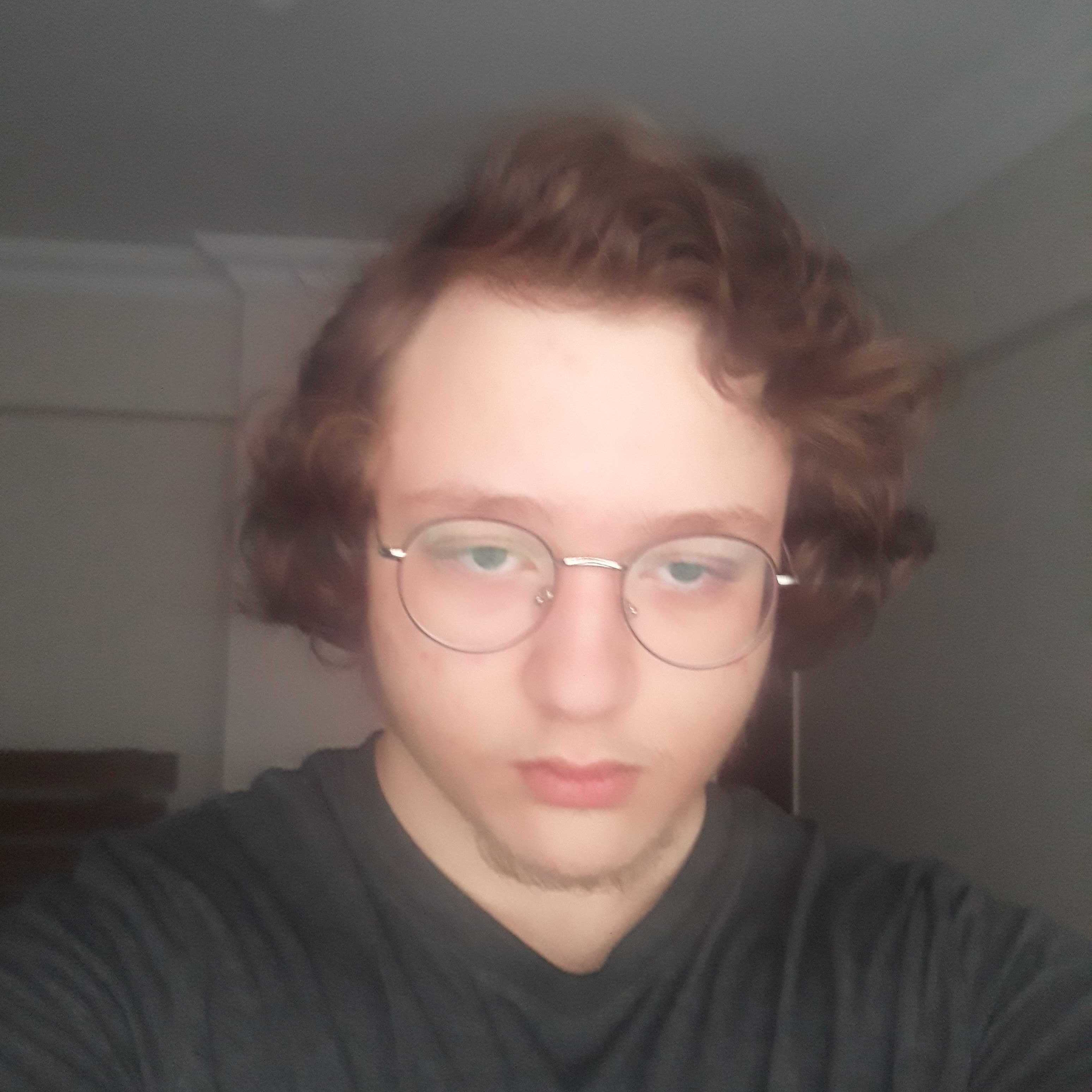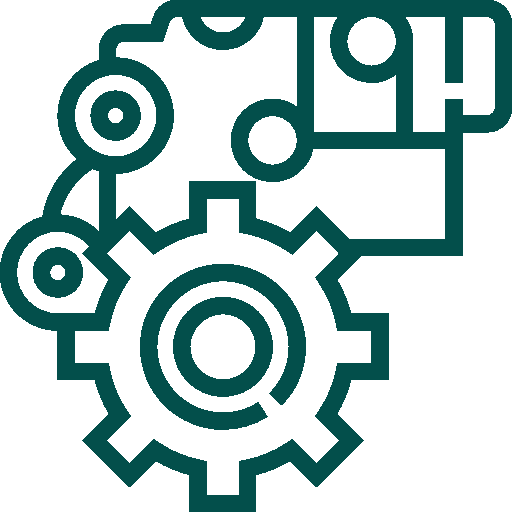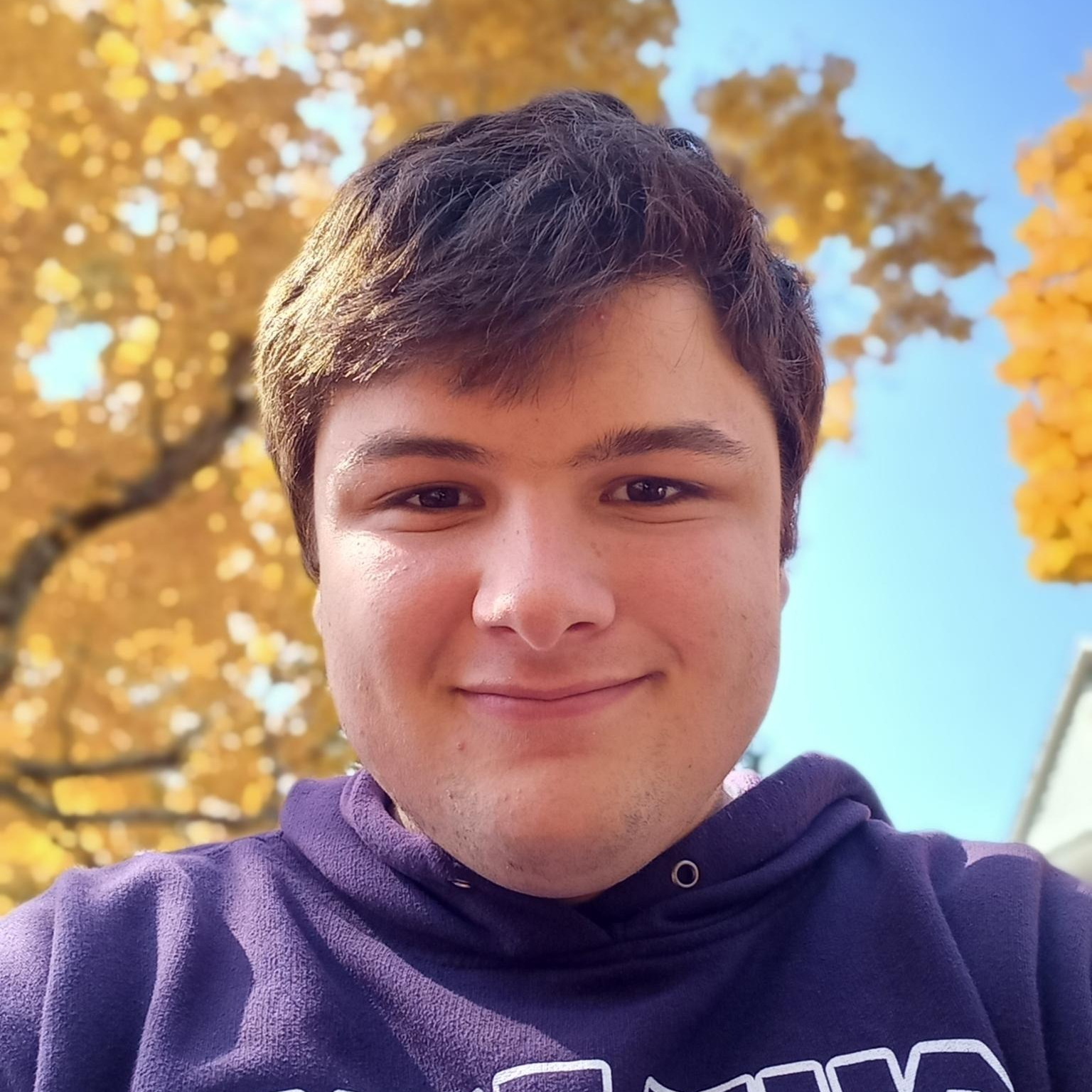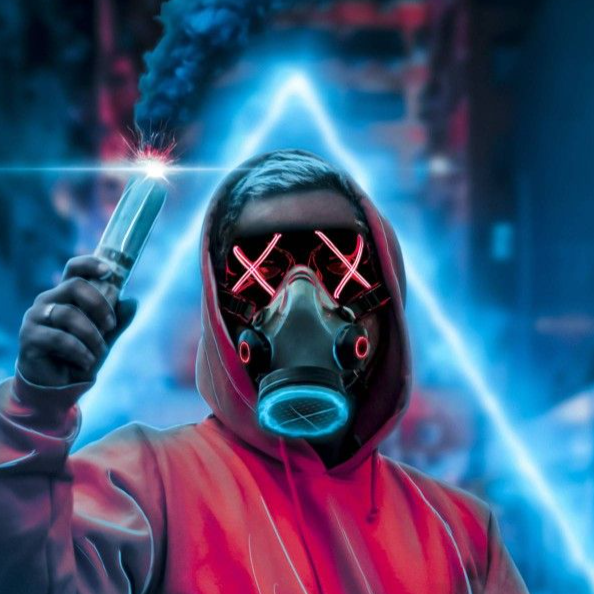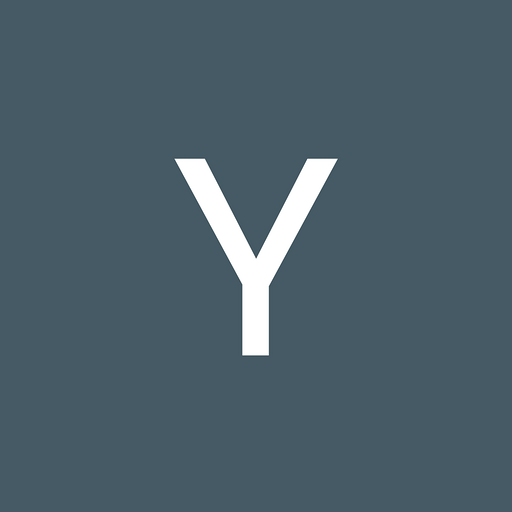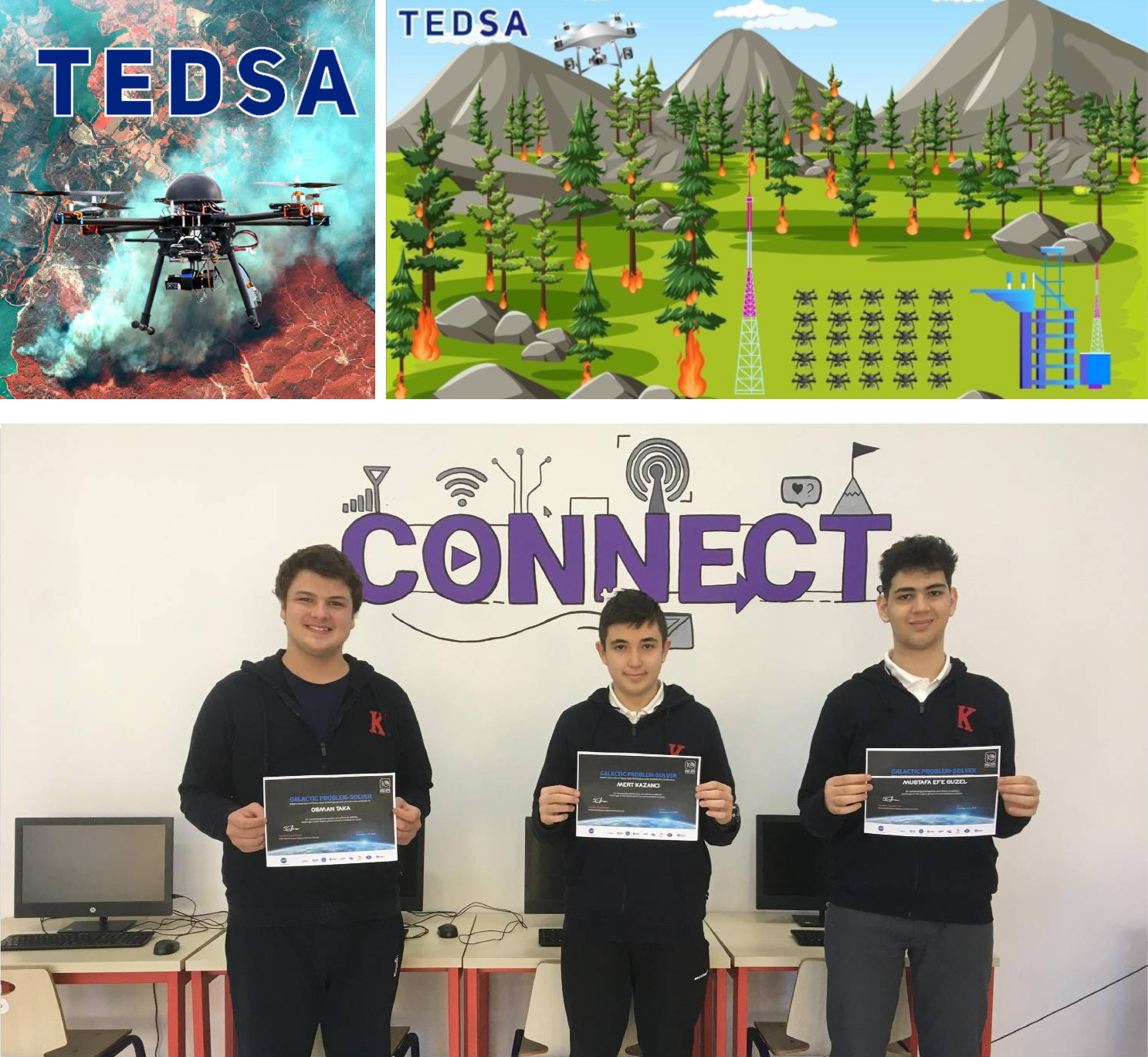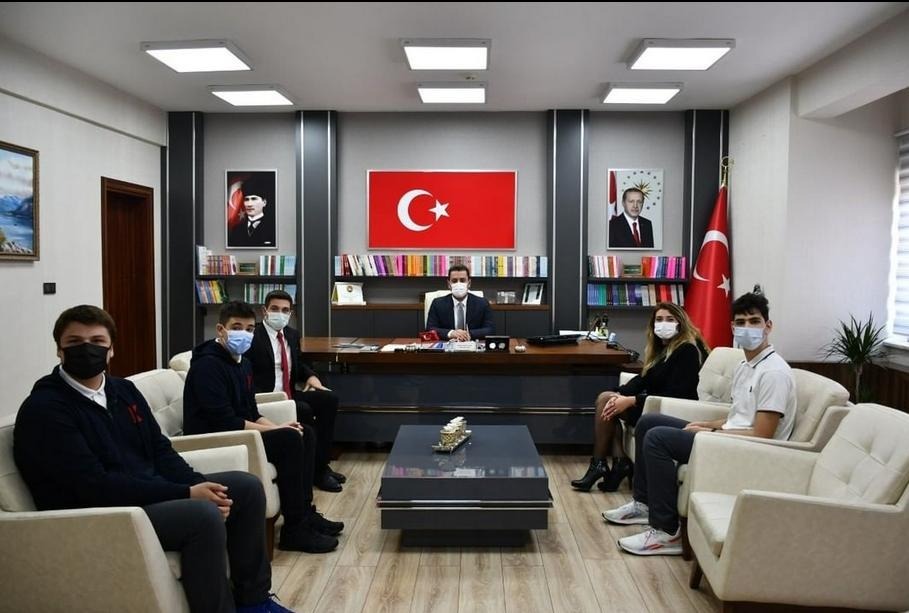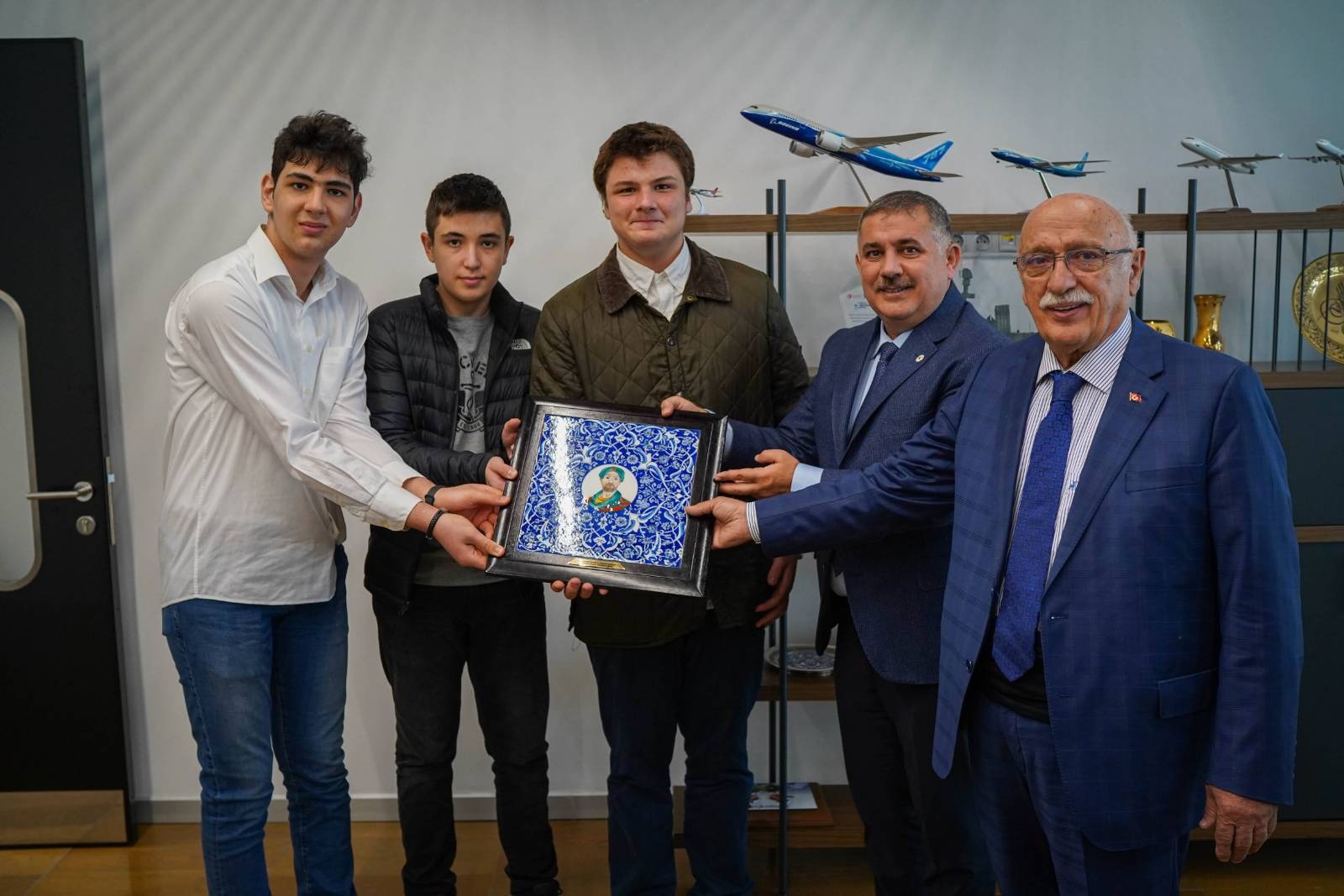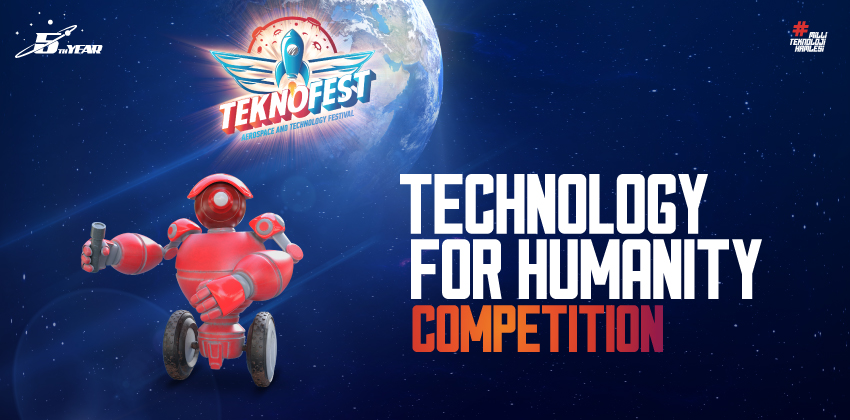Get To Know Our Project
According to Foundation of American Scientists' research, in the year 2020, more than 60,000 wildfires have in total burned 40,000 km² / almost 10M acres of land, which is about the size of Switzerland. Moreover, research shows that wildfires have caused more than 160 billion metric tons of CO₂ emission between the years 1997 and 2016. Increased greenhouse gas emissions raise global temperatures and cause even more wildfires. At TEDSA, our goal is to break this vicious cycle by not extinguishing wildfires, but rather, stopping them before they begin.
Our project consists of two groups of autonomous drones, namely, the observation drones and the interference drones. Both kinds of drones are equipped with RTK positioning modules, accelerometers and gyroscopes. Our observation drones can detect areas with a temperature of 55°C or higher with their built-in thermal cameras, and our interference drones can precisely deploy carbon dioxide capsules in those areas.
The carbon dioxide capsules we use in our drones are filled with pressurized carbon dioxide dust, blocking oxygen from starting a fire when exploded. At TEDSA, conserving the natural environment is top priority. We take all the required action to make carbon dioxide capsules harmless for wildlife. Capsules, which are made of non-polluting material, just split into two when they explode, ensuring that no small shatters damage nearby animals.
Please feel free to email us if you have any doubts or opinions in regard of our project, and we'll be more than happy to hear from you.
Artificial Intelligence in our Systems
AI has a crucial role in our system. To accurately deploy carbon dioxide capsules, we leverage machine learning algorithms to place drones. We take factors like altitude, weather and geographical conditions into account. Our ground stations also solve for the optimal path drones should follow in order to cover the most ground in the shortest amount of time given the battery life of drones.
We Need Your Help!
As high schoolers, we are doing our best to turn TEDSA into reality, but we are in need of mentorship. If you or someone you know can guide us in our project, we would really be grateful to get in touch.
Meet our Team
Turkey Brigade

Mustafa is a rising senior at high school. He's our leader and AI engineer, and he's interested in computer vision models and robotics libraries.
Demir is a rising junior at high school. He's our industrial designer, and he's excellent at technical drawing.
United States Brigade
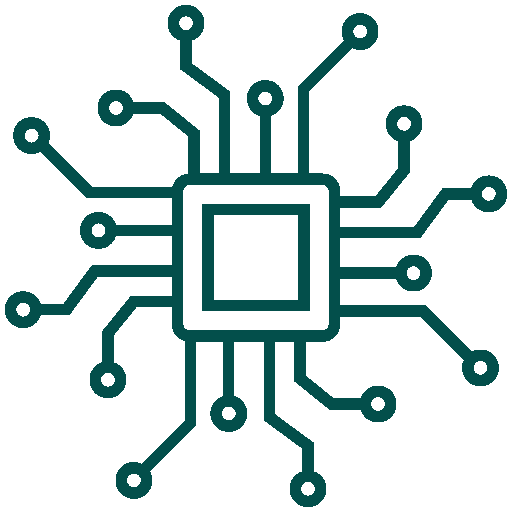
Osman is a rising senior at high school. He's our electronical designer who works with PCB and microchips.
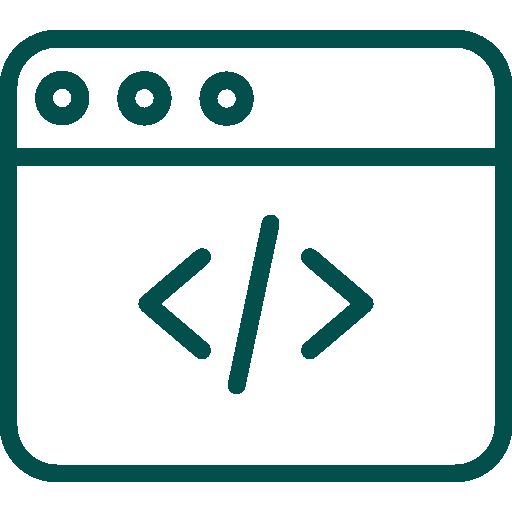
Sarvesh is a rising sophomore at high school. He's very good at programming, which he proves in the hackathons he attends frequently.
Yash Sharma
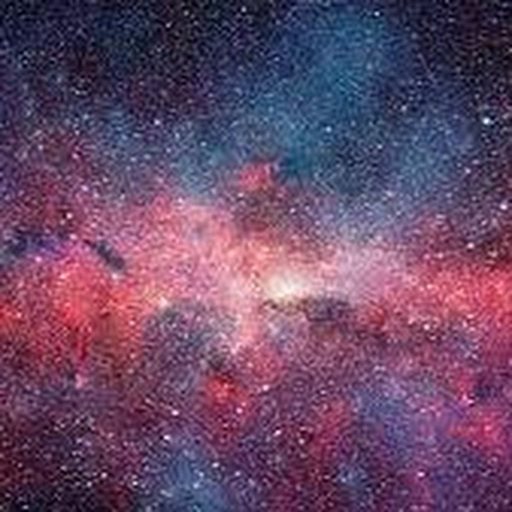

Yash is a rising sophomore at high school. He's very experienced at machine learning and drone programming.

